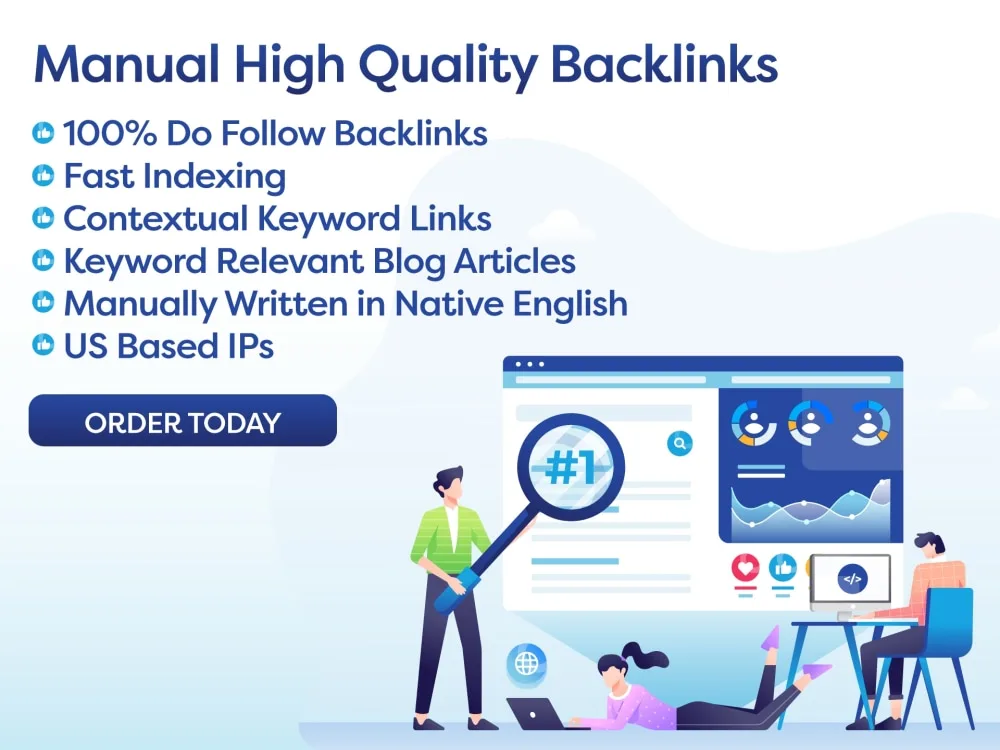Multilingual content marketing is essential for SEO beginners to reach a global audience and improve website traffic. Understanding the importance of multilingual content, implementing a strategy with keywords and hreflang tags, and leveraging translation tools are key steps. Overcoming challenges like duplicate content and maintaining consistency across languages is crucial. Researching target markets, developing a keyword strategy, using professional translation services, and implementing technical SEO tactics are part of the action plan. By following these strategies, beginners can successfully navigate multilingual content marketing and see positive results in their SEO efforts. Prioritize target languages based on market research, use professional translation services, and implement technical SEO tactics to avoid duplicate content issues.
Excerpt: “Unlock the power of Multilingual content marketing and watch your SEO results soar! Find out how to reach a global audience today.”
Introduction:
Multilingual content marketing is a crucial aspect of SEO for beginners to understand. In today’s interconnected world, the ability to reach audiences in multiple languages can significantly boost website traffic and expand your reach globally. For SEO beginners, navigating the world of multilingual content marketing can seem overwhelming, but with the right strategies in place, it can be a game-changer for your online presence.
Key Takeaways:
1. Understanding the importance of Multilingual content marketing for SEO beginners
2. Implementing a multilingual SEO strategy to drive traffic and increase visibility
3. Leveraging translation tools and localized content to reach diverse audiences
4. Overcoming common challenges in multilingual content marketing
Key Takeaways:
1. Understanding the importance of Multilingual content marketing for SEO beginners
– Importance of multilingual content in reaching a global audience.
– Benefits of multilingual content in improving SEO rankings and driving traffic.
2. Implementing a multilingual SEO strategy to drive traffic and increase visibility
– Creating a comprehensive keyword strategy for each language.
– Utilizing hreflang tags to help search engines understand language and regional targeting.
3. Leveraging translation tools and localized content to reach diverse audiences
– Using translation tools like Google Translate or professional translation services.
– Tailoring content to suit cultural nuances and preferences in different regions.
4. Overcoming common challenges in multilingual content marketing
– Dealing with duplicate content issues and penalties from search engines.
– Managing multiple versions of a website and maintaining consistency across languages.
Action Plan:
1. Research and identify target markets and languages to prioritize for multilingual content.
2. Develop a keyword strategy for each language to optimize search engine rankings.
3. Utilize translation tools and professional services to create high-quality, localized content.
4. Implement hreflang tags and other technical SEO tactics to ensure proper indexing of multilingual content.
Conclusion:
Multilingual content marketing is a powerful tool for SEO beginners to expand their online reach and drive traffic from diverse audiences. By understanding the importance of multilingual SEO strategies, implementing a comprehensive plan, and overcoming common challenges, beginners can successfully navigate the world of multilingual content marketing and see significant results in their SEO efforts.
FAQ:
Q: How do I know which languages to prioritize for multilingual content marketing?
A: Conduct market research to identify regions with high potential for growth and target languages spoken in those areas.
Q: Can I use Google Translate for all my multilingual content needs?
A: While Google Translate is a convenient tool, it is always best to use professional translation services for accurate and culturally sensitive content.
Q: How can I avoid duplicate content issues when creating multilingual content?
A: Implement hreflang tags and canonical links to help search engines understand the relationship between different language versions of your website.

